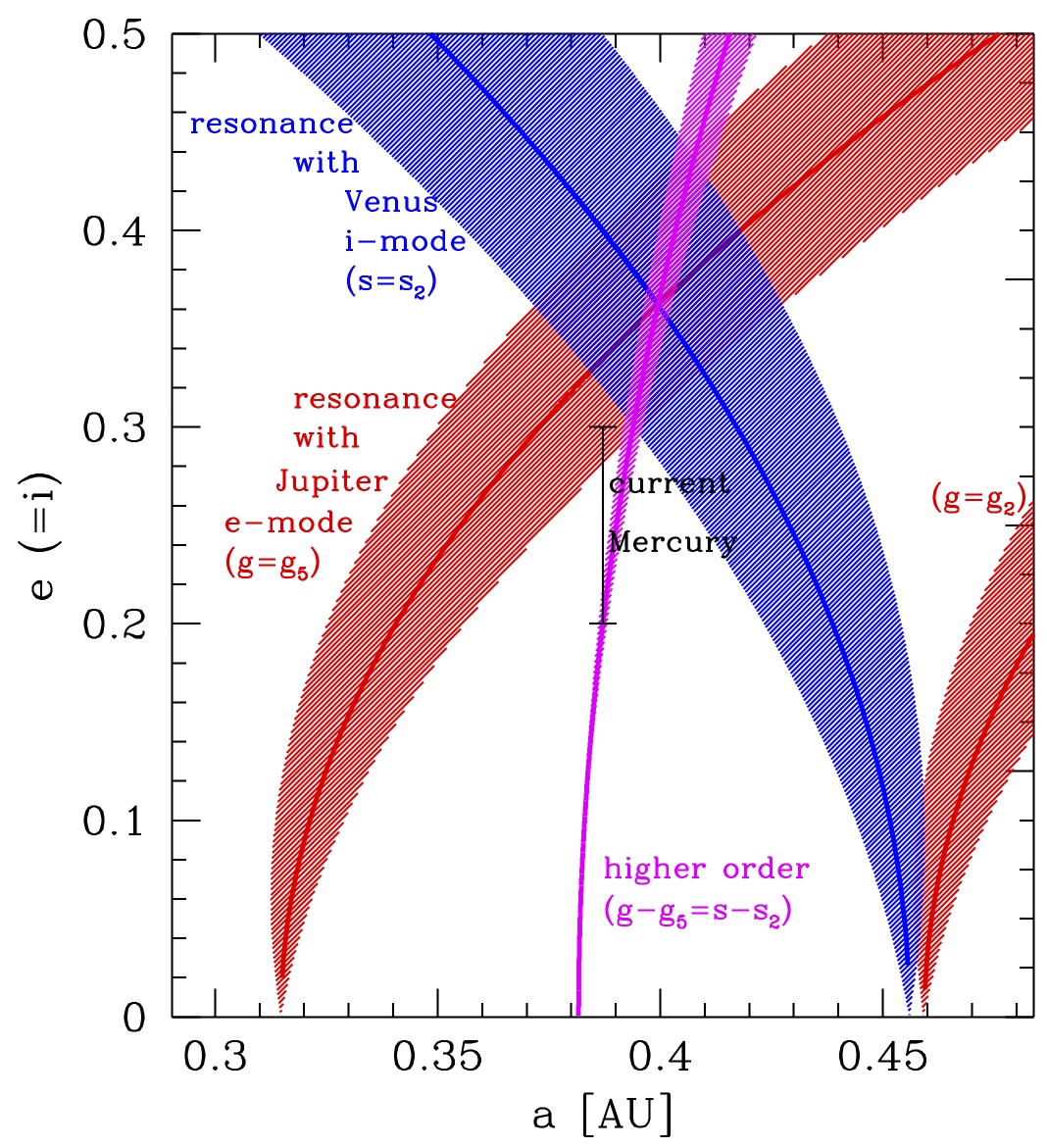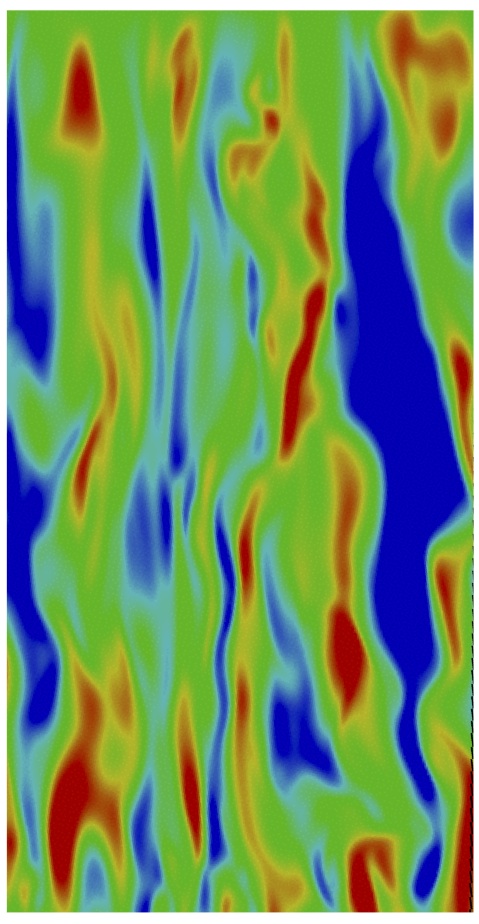Yoram Lithwick
Selected topics:
Kepler Planets
NASA's Kepler space telescope has, astonishingly, discovered thousands of extrasolar planets. Most of these are closer to their star than Mercury is to the Sun; are bigger than Earth and smaller than Neptune; and are members of packed planetary systems, often with 5, 6, 7+ planets in a system. How did such planets form and end up where they are? It remains a great mystery.
-
Characterizing Kepler planets with TTV ("transit time variations")

Planet densities vs. planet radii [HL14] We developed a simple method to infer the planets' properties from Kepler data ([LXW12] & [WL13]). We then used that method to determine the densities of 50+ planets and the eccentricities of many more [HL14].
Press: Science, the Economist, and News Tonight Africa. -
Interplanet Spacing as a Diagnostic of Damping
The spacing between neighboring Kepler planets is mostly random, aside from a modest amount of non-randomness near resonances. But that non-randomness offers an intriguing clue into how the Kepler planets formed. In particular, the observed form of non-randomness naturally arises whenever there is damping [LW12]. Thus the Kepler planets likely experienced a lot of damping when they formed. The cause of the damping is a topic of active research — the most plausible damping agent is a gas or planetesimal disk.
Chaotic Evolution of Planetary Orbits
-
Theory of Secular Chaos and Mercury's Orbit

The overlapping secular resonances that drive Mercury's chaos [LW14] In the Solar system, the planets' orbits evolve chaotically. In fact, Mercury's orbit is so chaotic that there is a chance it will fall into the Sun or crash into Venus. In [LW11], we worked out the theory for "secular chaos," which is the kind of chaos that the terrestrial planets experience. We showed how secular chaos is driven by the overlap of secular resonances, and also showed that this quantitatively explains Mercury's chaos. See also [LW14] for a less technical description. Secular Chaos and the Formation of hot Jupiters
The first planets discovered around normal stars (other than the Sun) were "hot Jupiters." These are Jupiter-mass planets that orbit extremely close to their star. We showed that these planets can naturally be produced by secular chaos [WL11] and [LW14], whereas other competing mechanisms for forming hot Jupiters (disk migration, planet scattering, and the Kozai mechanism) face severe difficulties.-
Hot Jupiters and the Eccentric Kozai Mechanism
The Kozai mechanism was probably responsible for forming some of the hot Jupiters, though not most of them. In [NFLRT11], we showed that the orbital plane of a forming hot Jupiter can become chaotic and/or flip orientation when it undergoes Kozai cycles. That might explain the observed orientations of some hot Jupiter orbits. In [LN11] we explained how the mechanism works. It is driven by an eccentric companion, whence we dubbed the effect the "eccentric Kozai mechanism."
Rotating Convection
 |

|
Rotating convection is extremely common in astrophysics, both in stars and in planets. But it is not well understood, despite decades of extensive research. In [BLD14] we showed that a simple theory explains the properties of rotating convection, as found in 3D high resolution hydrodynamical simulations. We are currently extending this work to model rotating convection more accurately, so that the theory can be compared directly with observations. |